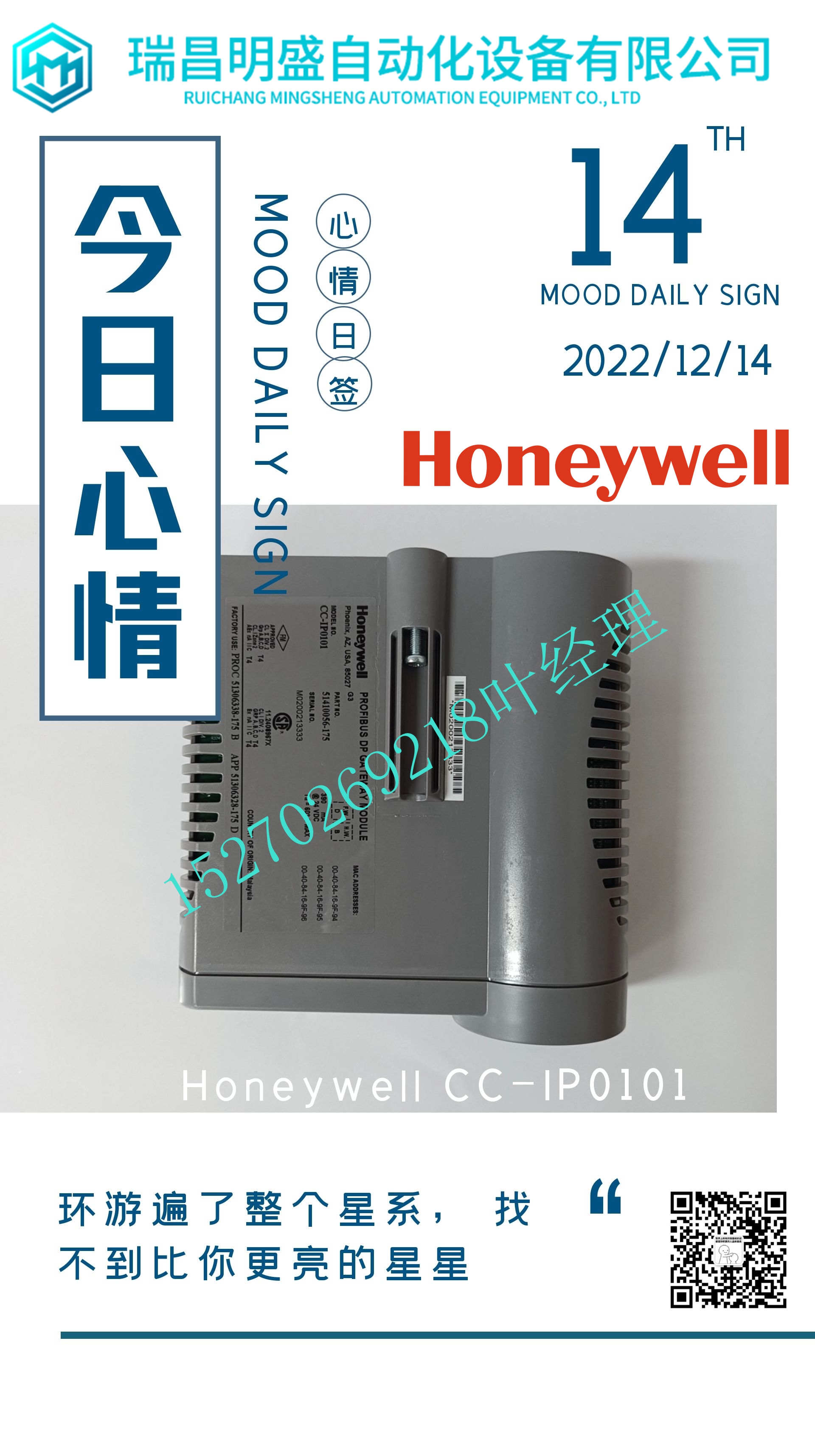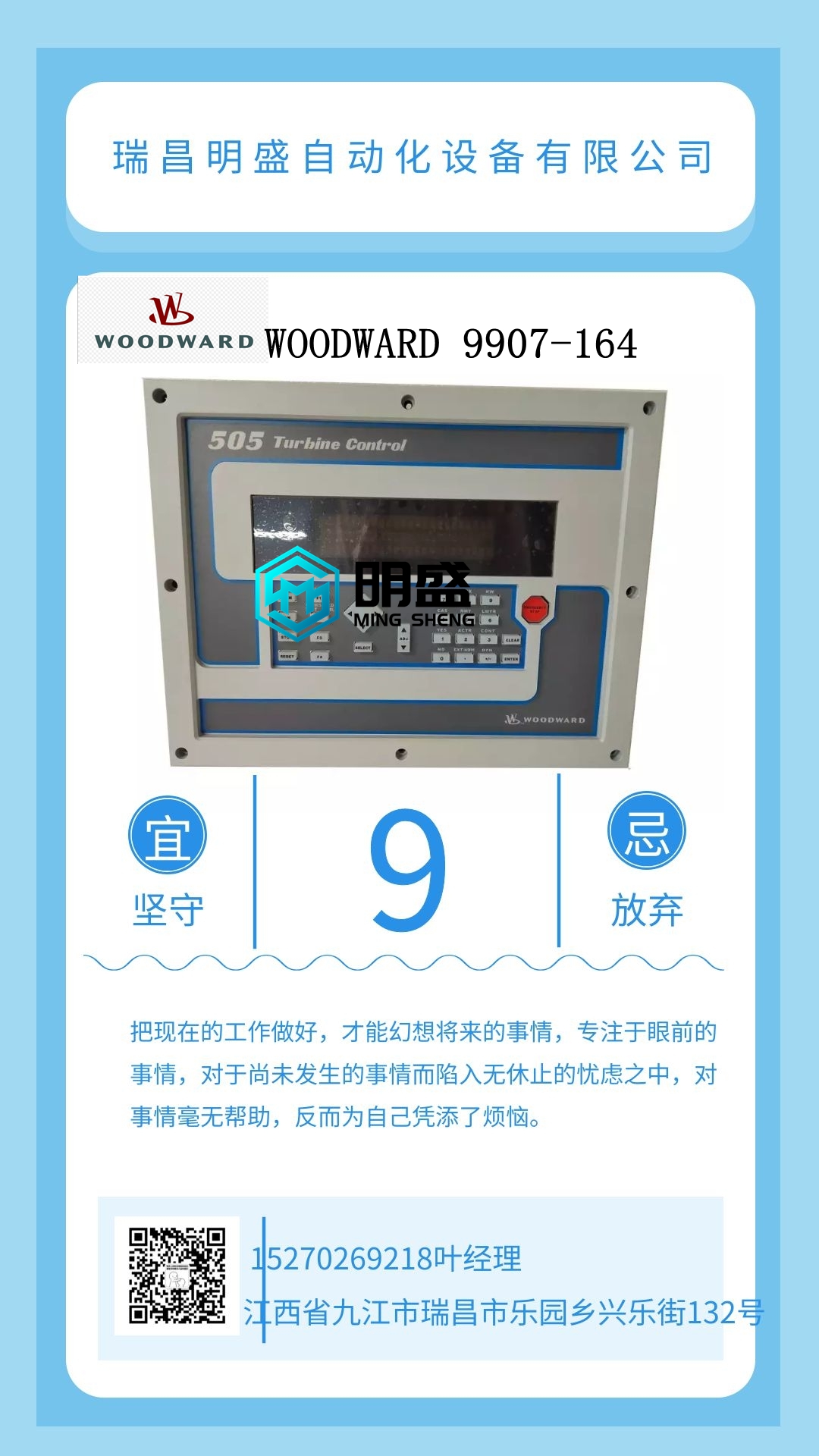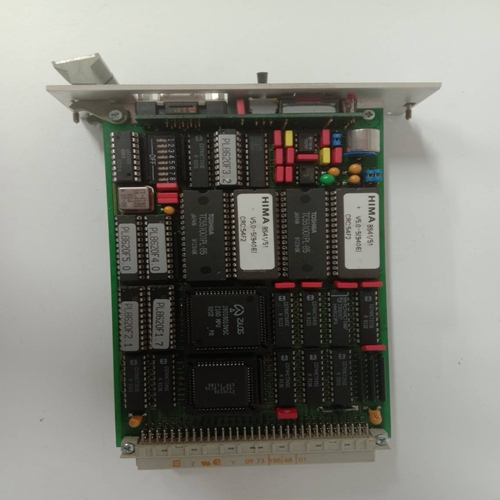HIMA F3113a工业自动化卡件
默认设置已禁用。与变化率采样率参数一起使用。负变化率限制(工程单位)0.0每秒工程单位的变化率,将触发负变化率警报。默认设置已禁用。与变化率采样率参数一起使用。变化率采样率0.0比较之间等待的时间从0到300秒。默认值0.0是在每次输入采样后进行检查。9.11.1.1变化率警报:ALG608&ALG616模块IC695ALG608和IC695ALL616可检测每秒工程单位的负变化率和正变化率。当任何一个变化率参数配置为非零时,模块将采用先前变化率样本和当前样本之间的工程单位差,然后除以样本之间的经过时间。如果工程单位从上一个样本到当前样本的变化为负值,则模块将比率变化与负值变化率参数进行比较。如果样本之间的工程单位变化为正,则模块将比较变化率与正变化率参数值的结果。在任何一种情况下,如果变化率大于配置的变化率,则会发生变化率警报。模块在报警后采取的行动取决于已在“诊断报告启用”、“故障报告启用”和“中断启用”参数中设置的已启用变化率行动。变化率采样率参数确定模块比较变化率的频率。如果变化率采样率为0或小于信道更新率的任何时间段,模块将比较信道的每个输入样本的变化率。PACSystems*RX3i系统手册第10节GFK-2314T 2019年9月模拟输入模块418信道参数(续)参数默认说明高-高报警(英制单位)高-高、高、低和低-低参数的默认值取决于配置的量程类型和量程。每个范围和范围类型都有一组不同的默认值。报警和死区所有报警参数均在工程单位中指定。要使用报警,A/D报警模式也必须配置为启用。高-高报警和低-低报警:当达到或通过配置值时,将触发低-低警报或高-高警报。配置值必须低于/高于相应的低/高报警限值。高报警和低报警:当达到或低于(高于)配置值时,将触发低(高)报警。高报警死区和低报警死区:工程单位中高于报警条件(低死区)或低于报警条件(高死区)的范围,即使报警条件消失,报警状态位也可以保持设置。要清除报警状态,通道输入必须超出死区范围。报警死区不应导致报警清除条件超出工程单位用户限制范围。例如,如果通道的工程单位范围为-1000.0至+1000.0,且高报警设置为+100.00,则高报警死区值范围为0.0至小于1100.0。1100.0或更大的死区将使高报警清除条件低于–1000.0单位,从而使报警无法在
Default is disabled. Used with Rate of Change Sampling Rate parameter. Negative Rate of Change Limit (Eng Units) 0.0 Rate of change in Engineering Units per Second that will trigger a Negative Rate of Change alarm. Default is disabled. Used with Rate of Change Sampling Rate parameter. Rate of Change Sampling Rate 0.0 Time from 0 to 300 seconds to wait between comparisons. Default of 0.0 is to check after every input sample. 9.11.1.1 Rate of Change Alarms: ALG608 & ALG616 Modules IC695ALG608 and IC695ALG616 can detect both Negative Rate of Change and Positive Rate of Change in Engineering Units per Second. When either of the Rate of Change parameters is configured to be non-zero, the module takes the difference in Engineering Units between the previous rate of change sample and the current sample, then divides by the elapsed time between samples. If the Engineering Unit change from the previous sample to current sample is negative, the module compares the rate change with the Negative Rate of Change parameter. If the Engineering Unit change between samples is positive, the module compares the results in comparing the rate change with the Positive Rate of Change parameter value. In either case, if the rate of change is greater than the configured rate, a rate of change alarm occurs. The actions taken by the module following the alarm depend on the enabled rate of change actions that have been set up in the "Diagnostic Reporting Enable", "Fault Reporting Enable", and "Interrupts Enabled" parameters. The Rate of Change Sampling Rate parameter determines how frequently the module compares the Rate of Change. If the Rate of Change Sampling Rate is 0 or any time period less than the channel update rate, the module compares the Rate of Change for every input sample of the channel. PACSystems* RX3i System Manual Section 10 GFK-2314T Sept. 2019 Analog Input Modules 418 Channel Parameters (Continued) Parameter Default Description High-High Alarm (Eng Units) The defaults for the High-High, High, Low, and Low-Low parameters depend on the configured Range Type and Range. Each Range and Range Type has a different set of default values. Alarms and Deadbands All of the alarm parameters are specified in Engineering Units. To use alarming, the A/D Alarm Mode must also be configured as enabled. High-High Alarm and Low-Low Alarm: When the configured value is reached or passed, a Low-Low Alarm or High-High Alarm is triggered. The configured values must be lower than/higher than the corresponding low/high alarm limits. High Alarm and Low Alarm: When the configured value is reached or below (above), a Low (High) Alarm is triggered. High and Low Alarm Deadbands: A range in Engineering Units above the alarm condition (low deadband) or below the alarm condition (high deadband) where the alarm status bit can remain set even after the alarm condition goes away. For the alarm status to clear, the channel input must fall outside the deadband range. Alarm Deadbands should not cause the alarm clear condition to be outside the Engineering Unit User Limits range. For example, if the engineering unit range for a channel is -1000.0 to +1000.0 and a High Alarm is set at +100.0, the High Alarm Deadband value range is 0.0 to less than 1100.0. A deadband of 1100.0 or more would put the High Alarm clear condition below –1000.0 units making the alarm impossible to clear within the












